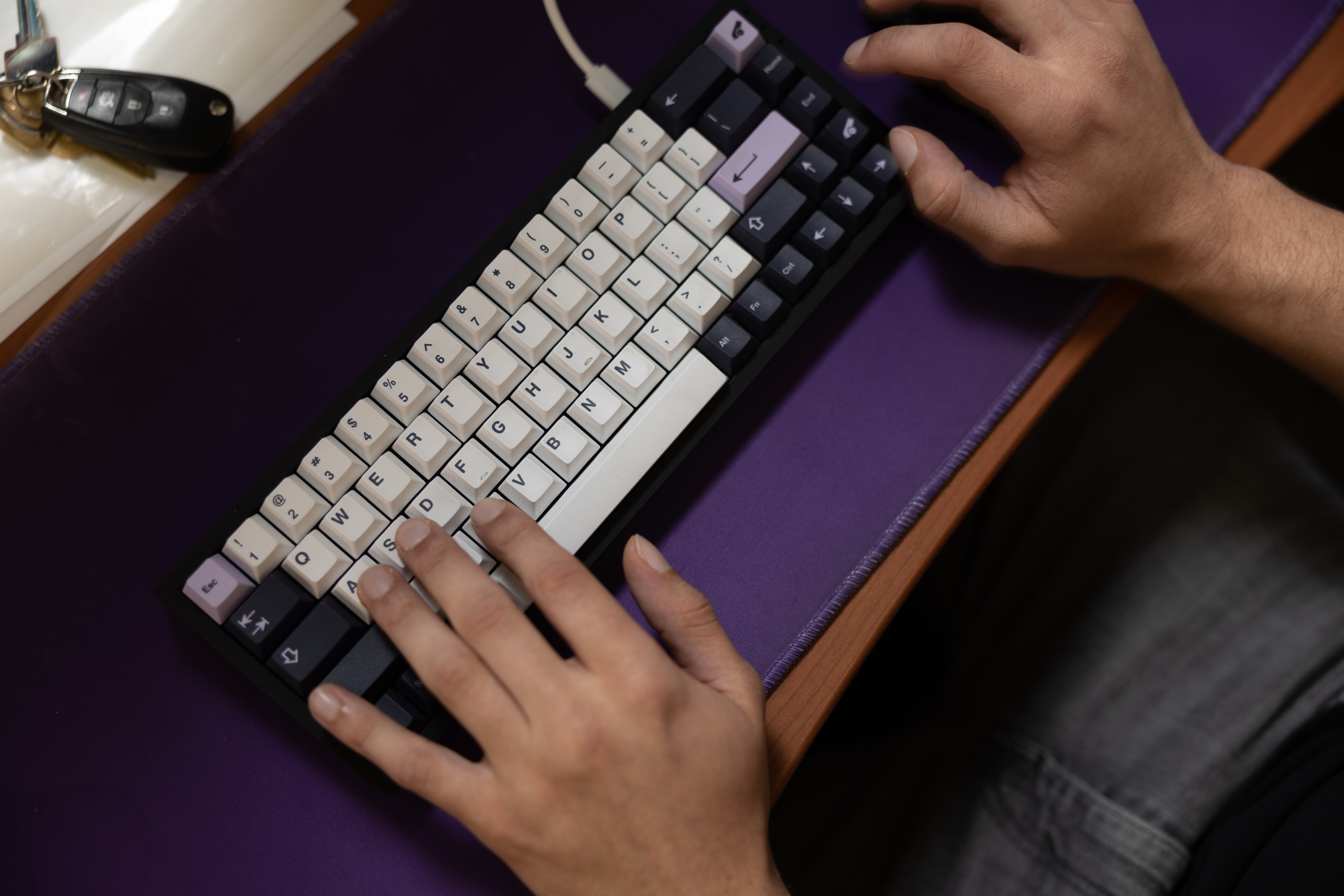In the realm of technology, artificial intelligence (AI) stands as a beacon of progress, a testament to human ingenuity. It's a field that fascinates and, admittedly, stirs a bit of unease within me. The rapid advancement of AI capabilities is nothing short of astounding, yet it brings to light concerns about data stewardship and the protection of our digital footprints.
Take, for instance, the recent developments in AI's ability to interpret and narrate video content. An article from Engadget discusses YouTube's measures against ad blockers, but nestled within this news is something far more intriguing: AI's evolving proficiency in watching videos and articulating what unfolds within them. This capability, while remarkable, underscores the vast amounts of data AI systems can access and "learn" from, raising questions about the boundaries of privacy and the safeguards in place.
The evolution of AI tools, particularly in the context of services like ChatGPT, is another area of rapid change. Many startups have emerged, offering niche AI services, often building upon the foundation laid by more generalized AI systems. However, as these foundational tools expand their features—sometimes offering them for free—the landscape shifts, rendering many paid services obsolete. It's a cycle of innovation and obsolescence that's dizzying in its pace.
This whirlwind of advancement was brought into sharp relief during a recent visit to Seattle's Museum of Modern Pop, or MoPOP. This institution is a vibrant celebration of contemporary culture, where art, music, and innovation converge. The museum's galleries are a kaleidoscope of history and heritage, where one can witness the interplay of influences that have shaped the genres of music, art, and pop culture over the years.
As I wandered through the museum's corridors, I was enveloped by the stories of iconic artists and movements that have left indelible marks on our society. From the psychedelic riffs of the 60s to the groundbreaking beats of 80s hip-hop, each exhibit is a time capsule that captures the essence of its era. The museum doesn't just showcase artifacts; it's a vibrant homage to the creative process, highlighting how diverse backgrounds and experiences can fuse into something truly extraordinary.

The MoPOP also serves as a testament to the technological strides in the way we experience art. Interactive installations invite visitors to not just view but participate in the unfolding narrative of pop culture. It's this interactive aspect that sparked the conversation about AI's role in the arts during my visit. The museum itself could be seen as a precursor to the interactive nature of AI, where engagement and personalization are at the forefront of the experience.

In the context of AI, the museum raises poignant questions: How will the stories of future artists be told and preserved? Can AI capture the essence of cultural shifts as authentically as the curated halls of MoPOP? And importantly, how do we honor the legacy of artists in a world where AI can replicate styles and techniques that were once unique to the human touch? Just half a decade ago, the creation of art was largely the domain of those with the skill and talent to bring their visions to life. Now, AI-generated art is accessible to anyone with a smartphone, challenging our notions of authorship and originality.
As we stand at this crossroads, it's crucial to consider not just the technological marvels AI brings but also the ethical and cultural implications it carries.
As we embrace the wonders of AI, let us also engage in a dialogue about its role in our lives. Let's advocate for responsible data practices, celebrate human creativity, and ensure that as AI learns from us, it also respects the values we hold dear. The AI renaissance is upon us, and it is as exciting as it is imperative to navigate it with both our awe and our vigilance intact. The journey through MoPOP was a reminder that while AI can mimic the output, the soul of art—its connection to human experience and emotion—is something we must strive to understand and protect in the digital age.


